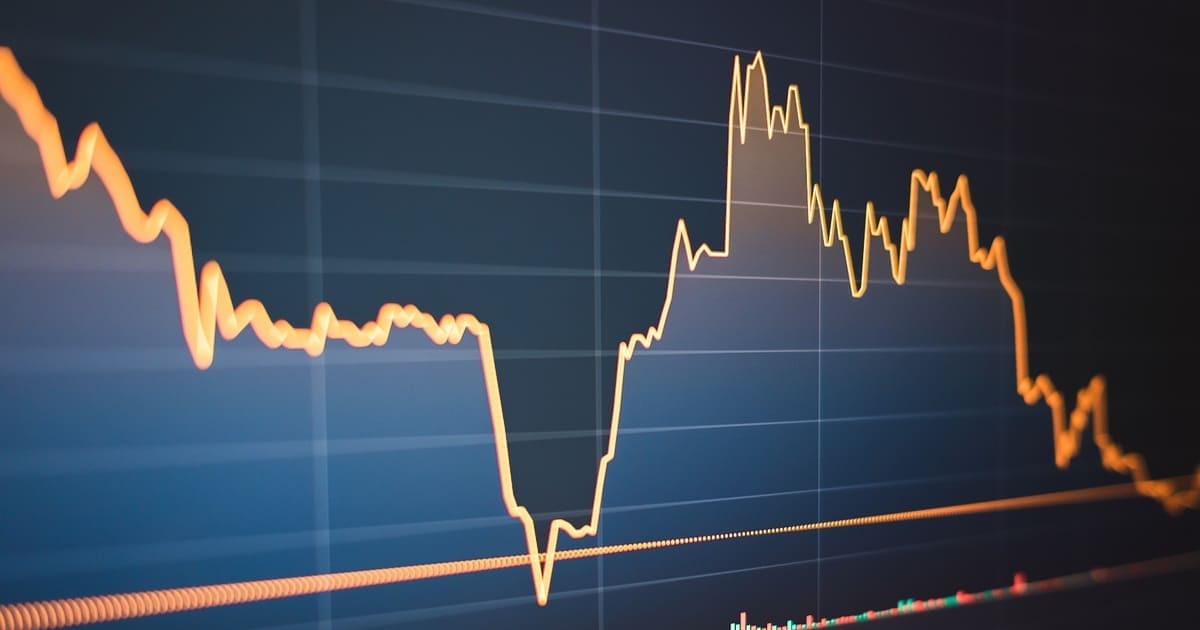
Learn About Precious Metals Historic Price Spikes
1974 GOLD, SILVER, AND PLATINUM PRICE SPIKES
In the early 1970s, there were two instances of rash overnight devaluations of the U.S. dollar. The first came after August 15, 1971, Nixon Shock, when President Nixon unilaterally canceled the direct international convertibility of the United States dollar to Gold. This resulted in the U.S. dollar devaluing by 11% by December of that year. The USD was again devalued by 10%, overnight, in early 1973 by agreement of the world’s industrial nations in response to the weakness of the USD. These two hectic plunges in currency value led to bull markets for the Silver, Gold and Platinum markets.
1980 GOLD, SILVER, PLATINUM AND PALLADIUM PRICE SPIKES
Between 1978 and early 1980, the world witnessed a 4X increase in oil prices, a 5X increase in Platinum prices, a 6X increase in Palladium prices, and a Gold price spike from $200 per ounce in early 1978 to a then-record high of $850 per ounce by January of 1980. Silver also jumped from about $5 an ounce to approximately $50 per ounce in January 1980.
To this day, the idea that the three wealthy Hunt brothers cornered the Silver market and artificially drove up the price of Silver in the early 1980 persists. However, it’s estimated that about 12 billion ounces of Silver were “above ground” in 1980 — excluding rare coins, jewelry, and antiquities—while at the absolute apex of their power, the Hunt Brothers controlled approximately 195 million ounces of Silver bullion and futures contracts. While the Hunts certainly contributed to the Silver price spike on January 21, 1980, a much-needed COMEX rule change to “liquidation only” trading flushed out speculators and led to the subsequent drop in Silver prices in the following months.
The efforts of the Hunt brothers, though, do not explain the volatile price spikes in the Gold, Platinum and Palladium markets that occurred around the same time. It is reasonable to say that a confluence of greed, fear, political instability and high inflationary pressures after decades of deficit spending caused a coincidental price upheaval. During the record-breaking Silver and Gold bull markets occurring all over the Western world in 1980, Gold spot prices multiplied 24 times and Silver spot prices multiplied more than 38 times all within about ten years.
2001 PALLADIUM RECORD HIGH PRICE
Russia is the world’s leading supplier of Palladium. Late in 2000, a Palladium supply disruption in Russia caused Palladium to trade at a record-high price of $1,100 per ounce in January 2001. By early 2002, the Palladium supply from Russia was restored, and the spot price of Palladium in USD subsequently experienced a quick drop of approximately 60% from its 2001 record price.
This short-term supply crunch and the consequential spike in the Palladium market were enough to spook Ford Motor Company executives. The company over-purchased and hoarded Palladium stockpiles without hedging its bet through the use of futures or options. Upon the -75% price plummet of the Palladium market, the Ford Motor Company was forced to declare a $1,000,000,000 loss based solely on their Palladium market losses.
2008 RECORD HIGH PRICE FOR PLATINUM
In 2008, the price of oil per barrel passed $140, and along with it, several other commodities were approaching record high prices as well. In March of 2008, the spot price of Platinum hit a record-high price of over $2,250 per ounce, based largely on a supply disruption originating in South Africa. At that moment, Platinum commanded a spot price more than twice that of Gold.
2011 RECORD PRICE SPIKES FOR GOLD AND SILVER
At the onset of the 2008 global financial crisis, the demand for the U.S. dollar was high. Silver and Gold spot prices dropped like the proverbial stone. The 2008 price low for Gold was $692.50 per ounce in U.S. dollars, and Silver bottomed out at $8.88 per ounce.
However, Gold and Silver did make a recovery. Within three years, both Precious Metals’ spot prices multiplied in value many times over. Investors were and still are, actively buying Physical Gold and Silver as a hedge against inflation, geopolitical turmoil and potential bank or financial market failures. By early fall 2011, Gold was enjoying a record-high spot price near $1900 an ounce. Some experts attribute the rise in Gold and Silver spot prices between 2009 and 2011 to a decline in the U.S. dollar’s value compared to other fiat currencies.
The 2008 Financial Crisis brought about unprecedented growth in monetary stimulus policies among central banks. Along with currency creation undertaken by global central banks, many investors began trading both Gold and Silver not only on global futures markets but also by buying shares in transparent Silver and Gold funds. Moreover, retail Precious Metals companies universally reported vast increases in the sale of Physical Precious Metals. Beginning in 2008 there was a massive increase in the purchase of the world’s most popular bullion coins, the U.S. Mint’s Gold American Eagle and Silver American Eagle. The market for these bullion pieces is still markedly higher than it was before the Great Recession.
Find current and historic gold and silver prices and gain an even greater appreciation for the precious metals price spikes discussed in this article.





